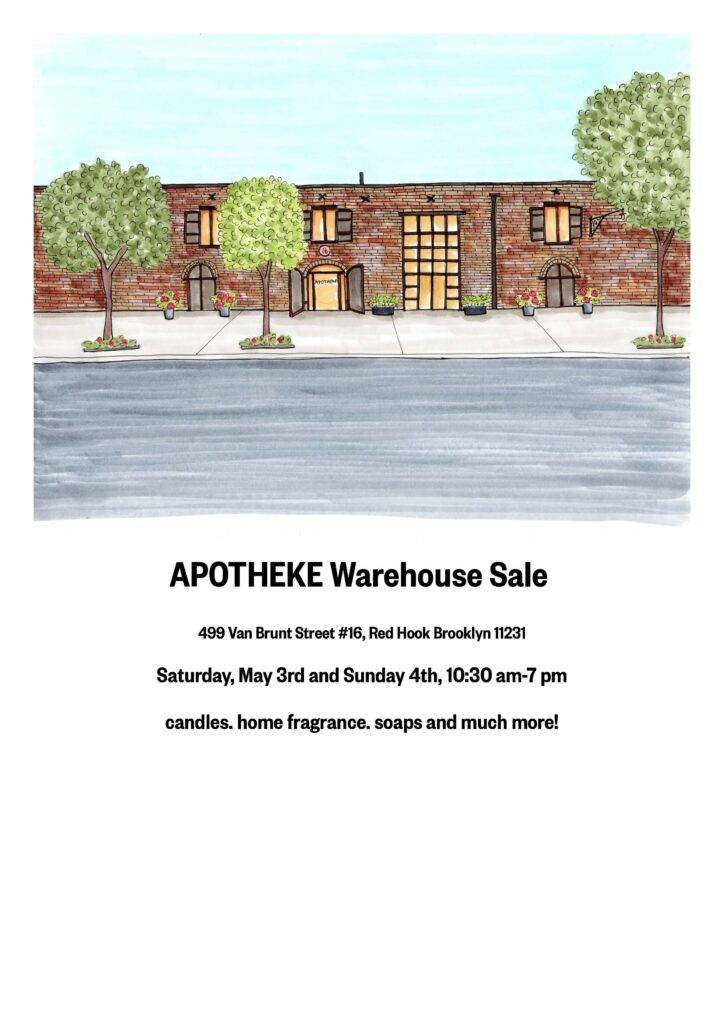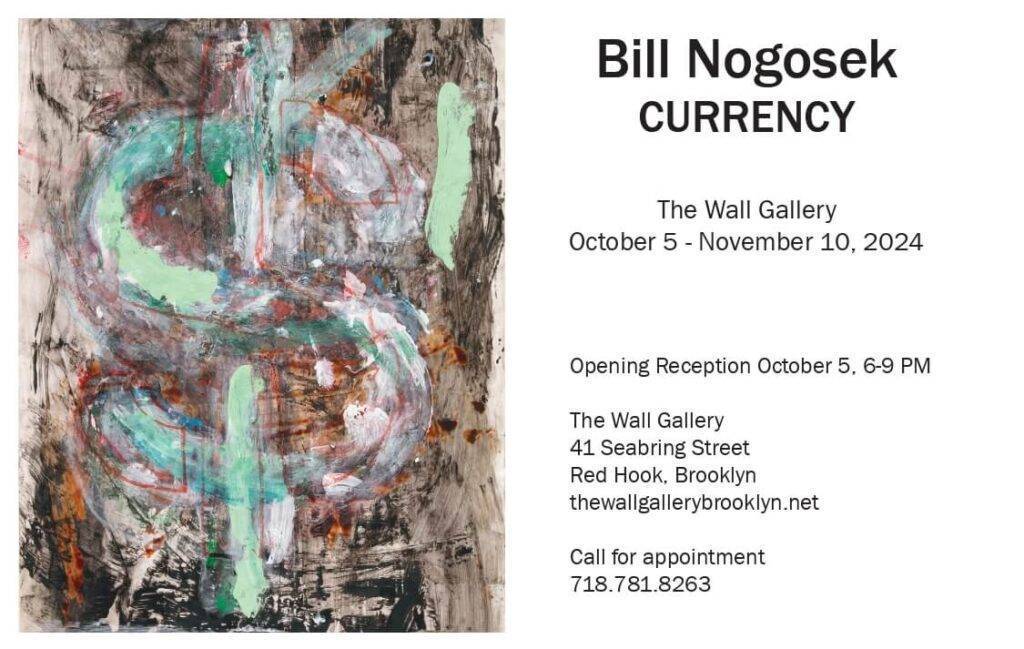UPDATE: The introductory webinar was held on August 12. As predicted below, it was an undemocratic neighborhood meeting. We were told that over 400 people were online, but there was no further information as to who they were, what they looked like, or whether they had anything to say. It was the kind of ZOOM meant for a one-way conversation, although they (EDC and a consultant) claimed to be answering questions at the end, although you had no idea who was asking the questions.
The beginning of the webinar was nicely polished and positive as to the future of the Container Terminal. But what was most telling was that there was hardly any mention of housing, which leads meto believe that housing will be big part of this plan. It also seems that a plan, which is pitched as coming from the community, actually exists, with the community outreach/task force may be just window dressing.
One red flag is that they spoke of “jobs” more than once, which seemed to be directed to the NYCHA population. This is a tactic used in the past by IKEA, Food Bazaar, John Quadrozzi and others seeking the approval of a large local population.
Another red flag was the announcement of their next event – a booth on August 23rd at Brooklyn Bridge Park. Brooklyn Bridge Park was once a thriving working harbor. In spite of a lot of community protest, it was turned into luxury hi-rises and an upscale hotel surrounded by a fancy park. The park is nice, but the opportunity cost (meaning what might have been done instead) was large. So if you think that a big part of this Task Force will be to promote an expansion of Brooklyn Bridge Park with a marine element, you are probably not wrong.
A few month’s ago we wrote about a land transfer that had just taken place in the Columbia Waterfront District and Red Hook, namely the coast between Brookyn Bridge Park and the large vacant UPS lot in Red Hook. That area includes the Cruise Terminal, the Red Hook Container Terminal, all the parking lots, Manhattan Beverage, the Waterfront Commission, the concrete recycling plant and a few other lots.
All this land had been owned by the Port Authority. They swapped it all for the container terminal in Staten Island called Howland Hook. Our land is now owned by a complicated partnership between the NYC Economic Development Corporation and the State of NY.
For a long time the Port Authority (PA) has been trying to figure out how to entangle itself from Red Hook. They have stopped maintaining the piers, despite a legal obligation to do so, probably in hopes that Mike Stamatis would move his cranes away.
They would have loved to sell the land directly to real estate developers so they could continue a transformation of the shoreline to luxury hi-rises that started in Williamsburg. However, the PA shies away from bad publicity, and maintained a holding pattern, giving the Terminal only five year leases for the past decades, which prevented them from raising capital to fix the piers themselves.
Evidently, the unusual political reality of having a Mayor getting along with a Governor allowed the Port Authority to make its move.
The community has been promised a voice in deciding the future of all this land via the mechanism of a Task Force that will inform the language of a future RFP (Request for Proposal) that will go to developers.
We asked to be on the Task Force. We were told that would not be possible. One said that it is not appropriate for a local newspaper to be part of a local community Task Force, another said there was no more room. So in light of that, I am using this space to inform what this neighborhood paper believes should be part of the discussion.
Our Eleven Points
1 – Modernize the container terminal.
The piers, cranes and associated cargo handling equipment need to be repaired and maintained in order to support a busy and profitable containerport. Necessary land must be devoted to the shipping activities.
2 – Mixed housing with ground floor commercial
A percentage of the rest of the land should be used to provide a mix of low, affordable, and market rate housing. An idea is to remap some streets and build mostly low-to-medium-rise multi-family homes. Ground floor space should be available for stores.
3 – Create a logical truck route
There should be a dedicated road, perhaps built above the ground, to allow incoming and outgoing tractor trailers doing business with the terminal.
4 – A stadium
In the past Red Hook has benefitted from an international auto race. We believe that a 1000 – 3000 seat stadium could become an attractive sports and cultural venue that would enhance the area. Of course, consideration for transportation must be part of the plan, including ferry, bicycle and bus service.
5 – Open Space
There is plenty of room for parkland, that can include gardens, bike paths, recreational water use, skateboarding and possibly ballfields.
6 – Restaurants
We love the idea of another City Island type space in the area. People flock there for seafood and ocean breezes, we could do a little of that here.
7 – A museum
Our part of Brooklyn has an illustrious past. An appropriate use could include a museum that includes exhibits on shipping, ship building, the underground railroad and the ILA labor unions.
8 – Possibly some maker space
There are many furniture makers, architects, welders and other artisinal businesses in New York that are always looking for places to work.
9 – NO public/private partnerships
Our government hates to raise taxes to provide needed services. What they do instead is partner with for-profit companies. We believe government can be a positive force in our lives, and should be capable at doing many of these things. Taking profits out of housing and arenas would lower end costs for the public. Since the State is heavily involved, let them bring us some new Mitchell Lama housing.
10 – NO truck parking.
The container terminal has been renting out much of their space to trucks and to a waste company. I am told this is because they need the income. The land is too valuable for that and their income should come from shipping.
11 – NO industrial use
We are talking about things like the recycling plant that we write about on this issue’s cover.
Now, I am not vain enough to think that this is the be-all and end-all. In fact some of this might not make any sense. But it should be a starting point for a conversation that will lead to a real community based plan.
While I am being assured that the Task Force will reflect the wishes of the neighborhood, and will come to life in the actual plan, based upon my experience watching the planning of the Gowanus rezoning I have my doubts.
It remains to be seen how things will progress, but I would have wished the process so far to be more transparent. Evidently the membership of this Task Force is already chosen, without there being any chance for a normal person to apply to be on it. Supposedly the meetings, at least the first coming up on a ZOOM meeting, which some might say is an undemocratic way to hold meetings, will be important.
Brad Lander’s Bridging Gowanus was supposed to be a similar grounds-up process. In reality, a pre-determined plan was thrown in the faces of the community, with only cosmetic changes allowed to be made.
Author
-
Founder and editor of the Red Hook Star-Revue. George is also a musician and one-time progressive rock disk jockey, in York, Pennsylvania, also birthplace of Mrs. Don Imus.
View all posts
Founder and editor of the Red Hook Star-Revue. George is also a musician and one-time progressive rock disk jockey, in York, Pennsylvania, also birthplace of Mrs. Don Imus.










One Comment
I have written quite a bit on this phenomenon of authorities pretending to either BE the community or taking into account the concerns of the community. One easily accessible example is “Undermining Governmental Legitimacy: Failed Expectations of Community Accountability,” Urbanities. 8, Supplement 1, Ethnographers Debate Legitimacy, 2018: 42-48. With Kathryn Krase. http://www.anthrojournal-urbanities.com/wp-content/uploads/2018/04/11-Krase-Krase.pdf